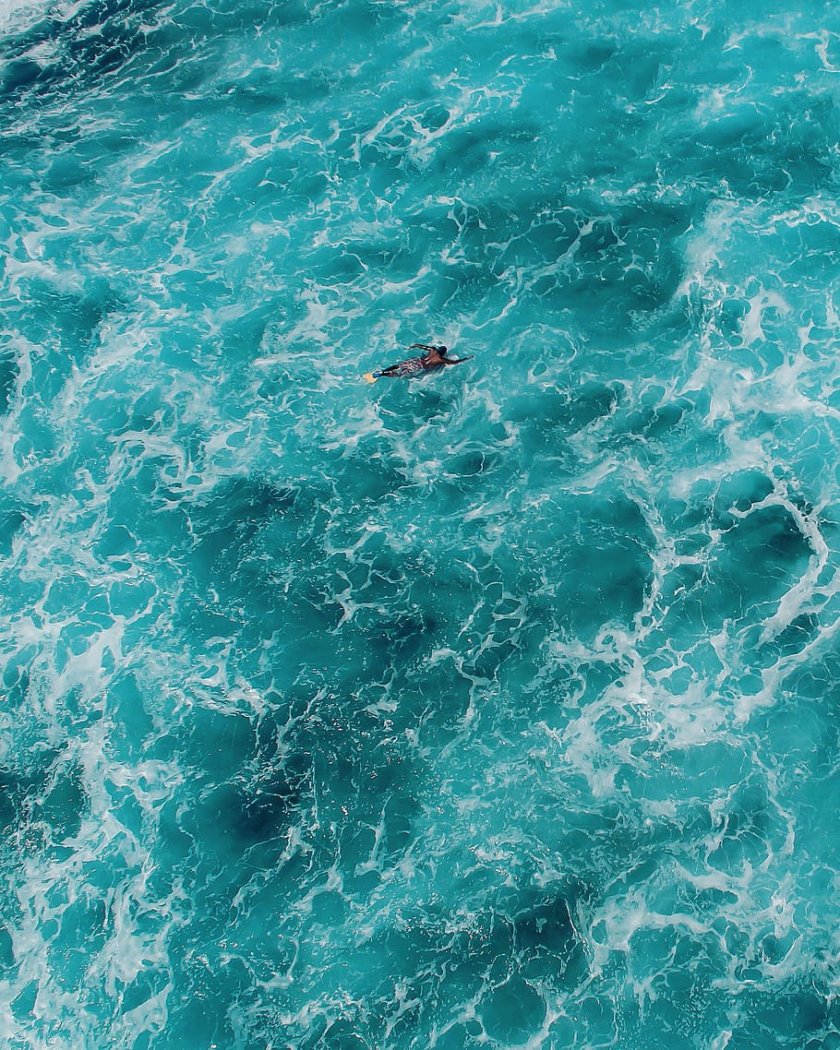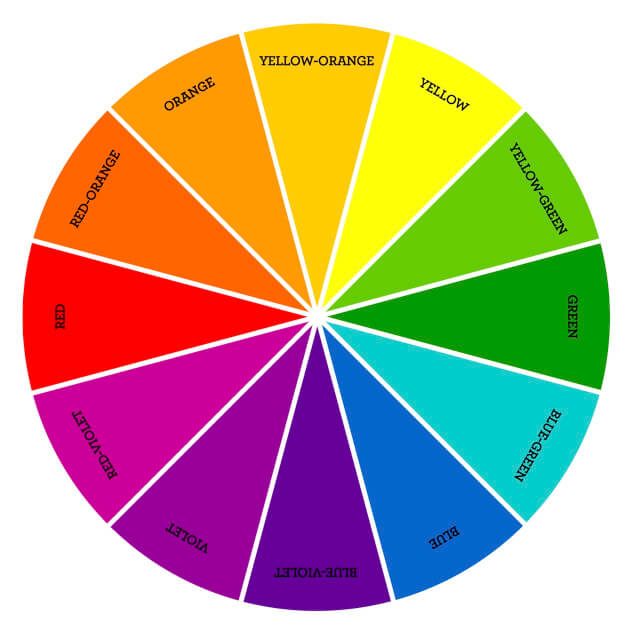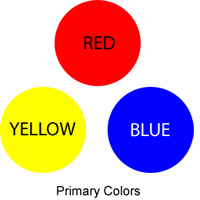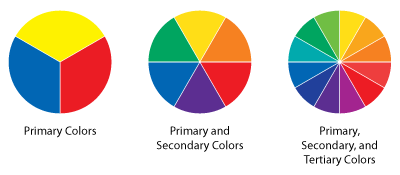What Colors Make Seafoam Green?
In this article, we’re going to discuss what colors make seafoam green when you mix them together.
Whether in design or in fashion, seafoam green has long been considered a public favorite. Given its soothing appeal and magnetizing softness, the hue has managed to maintain its top position among the broad range of pastel selections.
If you’re among the many seeking to incorporate this fresh, earthy color into your art and design, knowing how to create it by mixing different hues is a big step toward fulfilling your goal.
To help you with that, we have rounded up everything you need to know to recreate this bright, iridescent, and remarkably vibrant hue.
Read on.
What is Seafoam Green?
Recognized as one of the softest colors associated with the sea, seafoam green represents another fresh and earthy hue commonly likened to the color mint green.
Interestingly, the history of seafoam green can be traced back to as far as the 1700s; however, it was not until the 1950s that the color became a public favorite, as triggered by the rise of pastel-colored clothing.
To date, with the apparent resurgence of vintage fashion and design, seafoam green has managed to maintain its in-demand position.
Coming from this, it is only natural that you’ll eventually face situations where you’ll need to incorporate this soothing hue into your art or chosen design.
Color Wheel Mixing Theory
As you might remember from kindergarten, the Color Wheel represents the logical arrangement of colors mapped within a circle.
In the field of visual arts, this paradigm serves as the basic tool that helps artists and designers understand the science and art of dealing with colors.
Specifically, the Color Wheel acts as an artistic device that accurately demonstrates how each hue relates to one another – what colors complement each other, which contradict each other, and which support each other.
In this arrangement, colors are divided into three categories, namely the primary, the secondary, and the tertiary.
When we speak of primary colors, this refers to the three basic hues from which all other colors stem.
Specifically, they are the colors red, yellow, and blue. In traditional color theory, these three are believed to be the parents of all other hues and cannot be made by simply mixing colors together.
Meanwhile, when we speak of secondary colors, this refers to those that are produced when you mix two primary colors together.
Generally, these include the color orange, which is created by mixing red and yellow; the color purple, which is the result of red plus blue; and the color green, which is generated by combining blue and yellow.
Lastly, tertiary colors are those that are produced when you combine a primary color with a secondary. These include the colors yellow-orange, red-orange, red-purple, blue-purple, blue-green, and yellow-green.
By knowing these basic principles, artists and designers can easily determine which color combinations will lead to their desired results.
What Colors Make Seafoam Green
Now that you’ve had a brief review of the Color Wheel, it may now be easier for you to guess what colors make seafoam green.
Basically, since this hue resembles a paler shade of green, you’ve likely guessed that you’ll need to combine the colors blue and yellow to create its base.
You can then add additional blue to deepen the color.
Once you’ve come up with the color green, you may now adjust its tone to achieve a paler complexion that is closer to seafoam.
To do so, you’ll need to add the color gray (white + black) into the mixture until it becomes lighter and softer in appearance.
Seafoam Green in Arts and Design
Generally, seafoam green is considered to be an extremely versatile color and can be paired with nearly every hue.
However, if you want to bring more life into your work, pairing it with loud colors, such as red-orange, will certainly do the job.
On the other hand, if you want to highlight its calming effects, mixing it with neutral colors, such as taupe or white, can give you the type of vibe you’re aiming for.
Since the color carries the freshness of green and the depth of blue, using seafoam green for the home interior can also help create a relaxing vibe that is perfect for bathrooms and kitchens.
The Bottom Line
Whether you’re aiming to recapture the gentleness of the sea in your painting or simply want to welcome the feel of the ocean into your interior, mastering how to create seafoam green is an important task.
Be sure to recreate this soothing, earthy color by mixing the right amounts of blue, green, and gray together. Experiment with your painting and learn more about the science of mixing colors today!
Read Latest Posts

Hi, I'm Anthony Tran! Welcome to my site. I live in Arizona and am obsessed with all things related to building an Online Business and working from home. Learn about my journey here.
Follow Online







